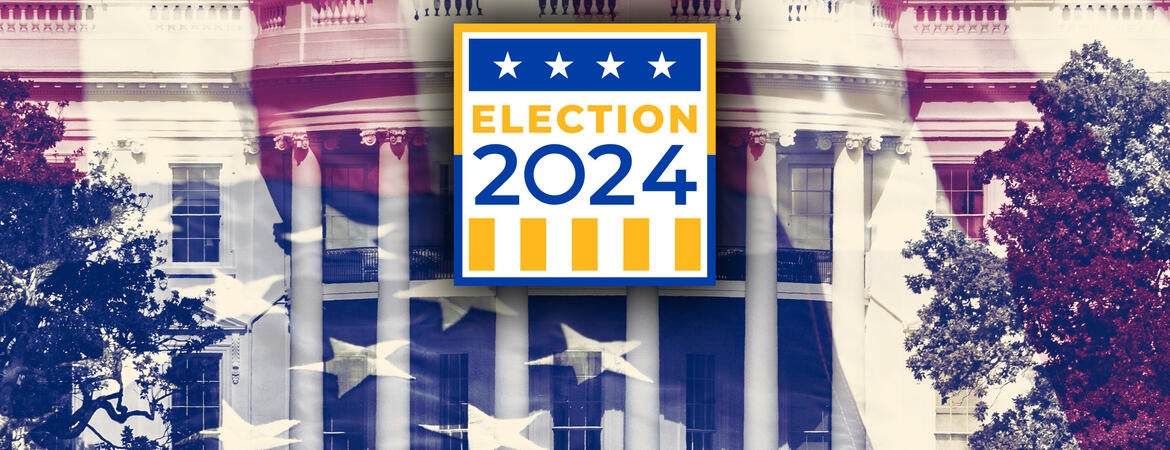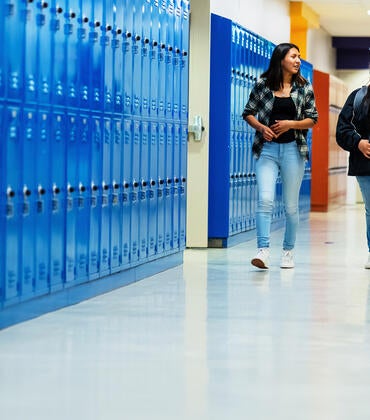
Political scientist and polling expert Andy Crosby continues to weigh in during the current presidential election cycle. This week, he writes about the impact on polls of Gov. Tim Walz as Kamala Harris's running mate, and looks at the changing swing states' landscape.
National Results: Slight changes over time; race still close
Current polling continues to show the race is close nationally between Trump and Harris, but we are seeing slight changes over time. An NPR/PBS News/Marist College Poll conducted August 1-4 shows that Harris now has a three-point lead over Trump: 51% of respondents said they would support Harris if the election were held today and 48% percent indicated they would support Trump, although that lead is still
within the poll's margin of error. When third-party candidates are included, 48% of respondents indicated they would support Harris, 45% indicated they would support Trump, and 5% indicated they would support Robert F. Kennedy Jr. (other candidates received 1% or less support). A more recent poll conducted August 2-7 by Ipsos shows a slightly larger lead for Harris: 42% of respondents indicated they would vote for Harris, 37% indicated they would vote for Trump, and 4% indicated they would support Robert F. Kennedy, Jr.
Of course, as we have discussed previously, national polls are interesting, but less useful to predict actual election results, because the United States does not elect presidents using a national vote. This makes certain "battleground" states (Arizona, Georgia, Michigan, Pennsylvania, and Wisconsin) especially important.
A deeper dive into the swing states
Speaking of swing states, a recent New York Times/Siena College poll of swing state voters in Pennsylvania, Michigan, and Wisconsin conducted August 5-8 shows us why campaigns are spending both time and money in these states: The race can be incredibly close, and the picture gets even more complex once third-party candidates are included in polling questions.
In Pennsylvania, arguably one of the most important battleground states due to its larger number of electoral votes, 49% of respondents indicated they would vote for Harris if the election were held today, compared to 46% for Trump when only the two major-party candidates are included in the polling question. When third-party candidates including Robert F. Kennedy Jr. are included in the polling question, the results are slightly closer: 45% Harris, 43% Trump, 5% Kennedy, and 2% Jill Stein (other candidates received 1% or less).
In Michigan, Trump has a slight lead when respondents are asked to choose between the two major-party candidates: 48% of respondents indicated they would vote for Trump if the election were held today, compared to 46% for Harris. However, the results change when third-party candidates are included: 44% of respondents indicating they would vote for Harris if the election were held today, compared to 43% for Trump, and 5% for Robert F. Kennedy, Jr. (other candidates received 1% or less).
Finally, in Wisconsin, 50% of respondents indicated they would vote for Harris if the election were held today, compared to 46% for Trump. Harris’ lead gets wider in Wisconsin when third-party candidates: 49% Harris, 42% Trump, and 6% Kennedy (other candidates received 1% or less).
Looking forward: Upcoming debate(s), and 'The Walz Effect'
Even though we have already seen changes in the polls in recent weeks, we may still see further movement in the coming weeks. Both the Harris and Trump campaigns have agreed to a debate on Sept. 10 on ABC News, and the campaigns may still agree to additional debates. As we saw with the most recent presidential debate over the summer between President Biden and former President Trump, debates can have a real impact on presidential campaigns.
In addition, one change in the political landscape in recent weeks is Harris’ selection of Gov. Tim Walz as her running mate. As we discussed above, two critical battleground states are in the Midwest: Michigan and Wisconsin. Walz, from neighboring Minnesota, signals the importance of these states to the Harris campaign, and the campaign no doubt hopes his selection will boost the ticket in Midwestern states.
At the same time, Gov. Walz is not well-known outside his home state. The NPR/PBS News/Marist College Poll conducted Aug. 1-4 mentioned above shows that 71% of respondents either have never heard of Gov. Walz or were unsure of their opinion of him. I expect to see that proportion change with the upcoming Democratic National Convention on Aug. 19-22 in Chicago that will introduce Walz to voters, and we may (potentially) see a vice-presidential debate at some point in the coming weeks.
Stay tuned for what promises to be an extremely interesting few weeks of polling ahead!




